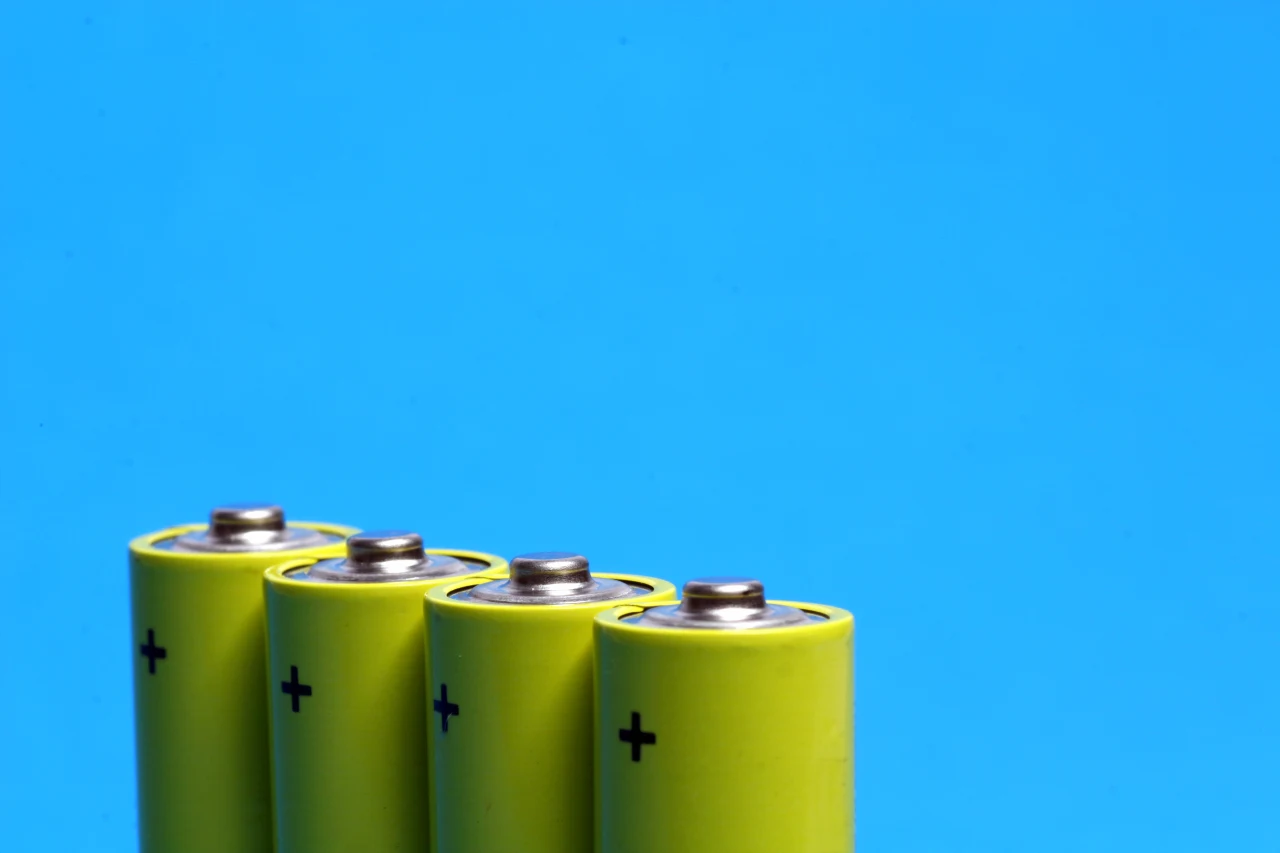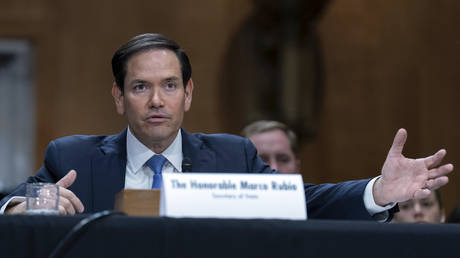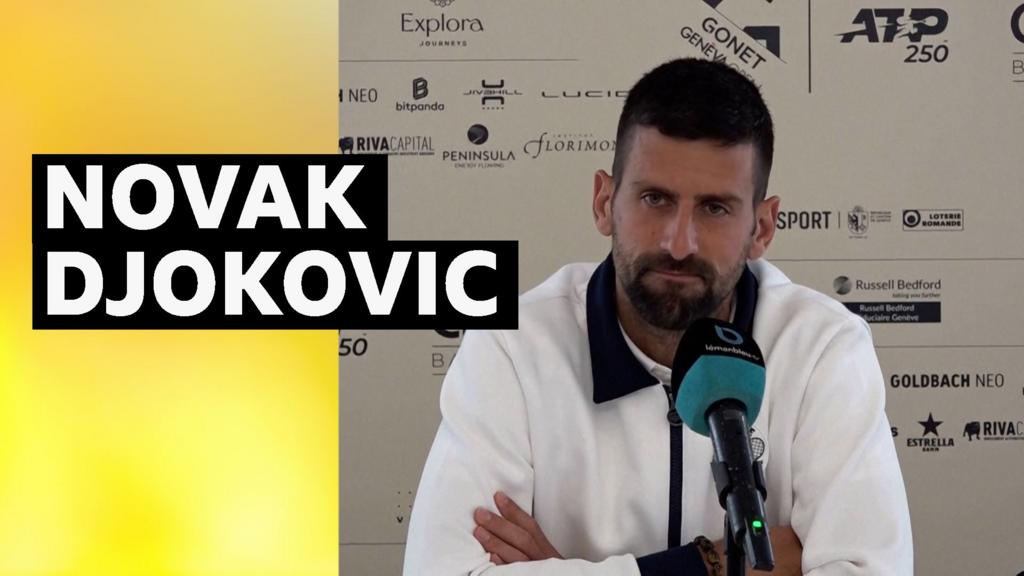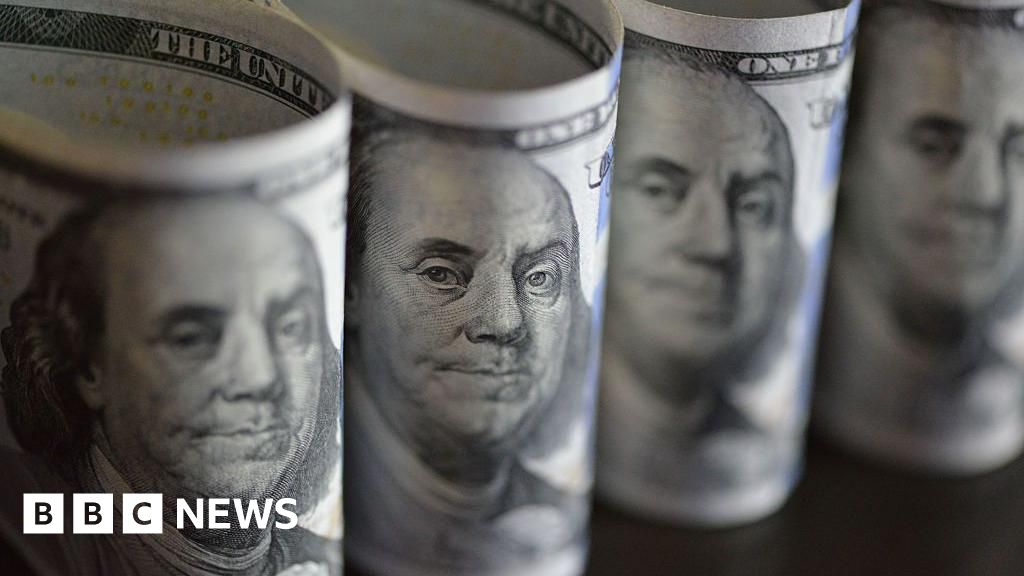The path to battery leadership for the U.S. starts with tech

China produces 75% of the world’s batteries. South Korea and Japan control much of the remaining supply chain. With tariffs looming over the industry, the U.S. is in a unique position, having both urgency and opportunity to strengthen domestic battery production for myriad uses.
The reality is that American battery manufacturers lag their Asian counterparts. Companies here are attempting to catch up by rushing to follow Asia’s manufacturing formula, but that strategy won’t hold up in the long term. The only way to surpass these larger Asian competitors is to move on from outdated manufacturing methods and materials and focus on what defines American leadership: innovation.
Playing catch-up won’t cut it
It’s clear China and other Asian countries today have the advantage when it comes to battery manufacturing. Their factories are larger, their supply chains are better developed, and their experience and know-how mean batteries can be produced cheaper and quicker. It takes far less time to start up a battery factory there than in the U.S.
The U.S. is in the midst of building up factories. Compared to Asia, however, the country still struggles with slower factory construction, longer time to start up, and more expensive batteries with lower yields, often producing lower-performing products. The U.S. won’t be able to reach the same production levels and will continue to fall behind if we just keep playing catch-up.
The innovation game
Sticking to old-school battery manufacturing methods won’t win the battery race. Instead, the U.S. can reclaim a leadership position only by playing an entirely different game and proving the solutions of existing product chokepoints: cost, safety, and performance.
Battery architectures have remained fundamentally unchanged over the past 30 years. While the industry has made remarkable progress in energy density and cycle life, the same decades-old battery design principles still dictate what a battery is and can do.
Process improvements and add-ons alone can’t address these design limitations—think updating an app without ever upgrading the operating system. By redefining how a battery is made from the beginning, the U.S. can leapfrog competition and create a new foundation others can build on.
3 innovation factors
Easier said than done, of course. To see real improvements, we must focus on three innovation factors: cost, performance, and safety. Today’s solutions often compromise one to improve another, but we can’t afford to make that sacrifice. If we can advance all three in parallel, there’s no question we can pull ahead in the battery race.
Closing this gap isn’t just critical for U.S. competitiveness. By leading in battery innovation, the U.S. can set the pace for the global industry, creating technologies and frameworks that will drive progress for partners around the world.
1. Reduce costs
While battery costs have dropped dramatically over the past few years, the price of production—and adoption—still holds back widespread electrification. But swapping in cheaper materials or production shortcuts can impact safety and performance. Instead, innovation must be the driver of cost reduction through “simplifications.” For U.S. battery makers, this could look like novel manufacturing methods, better material utilization in cell design, or waste reduction through improved closed-loop recycling processes.
2. Boost performance
Today’s consumers and commercial workloads demand more energy and power than ever. Drivers want longer EV range and faster charging, without the drop in performance during cold weather. Meanwhile, manufacturers face mounting pressure to find sustainable solutions that reduce dependency on certain materials and improve recyclability to combat volatile supply chains.
Tech innovation can meet these demands. For example, emerging electrolyte chemistries can enable faster charge cycles and lower temperature operations (up to -30° Celsius) without degrading battery life, and next-gen cell designs can pack more energy into smaller, lighter formats.
3. Prioritize safety
Today, the battery industry is treating safety as a top priority—and for good reason. As EV adoption grows, so does the risk of battery fires and thermal runaway. Recalls are costly, and public trust is fragile. In energy storage systems, fire concerns from local residents are delaying siting and deployment. Battery fire incidents onboard airplanes and fatal e-bike fires are yet more headaches for an already beleaguered industry.
We need battery innovations that don’t just contain fires but prevent them from happening in the first place. Current solutions, like cell-to-cell thermal barriers or battery management systems that monitor a battery’s health, often fail to address the root cause. Instead, our innovation focus should be on smarter battery technologies at the electrode level that block dangerous dendrite growth, prevent short circuits, and enable safe shutdowns of individual cells.
Stop imitating, start disrupting
The future of batteries won’t be built in yesterday’s factories. If the U.S. wants to pioneer a reimagined industry, we can’t settle for chasing Asia’s playbook. We need to simplify where possible, innovate where it counts, and rethink the battery from the ground up. That’s how we turn a game of catch-up into a strategy of disruption.
While this challenge might feel steep, the good news is we’re not starting from zero. Tech leaders across the U.S. are already developing breakthroughs in chemistry, materials, and manufacturing that are redefining batteries. Indeed, we have worked on providing solutions for the last 14 years, and we are ready. With the right support and speed, these advancements can shift the industry and propel the global energy future forward.
The race for battery dominance isn’t over, it’s just changing shape.
Naoki Ota is president and CEO of 24M.
What's Your Reaction?
 Like
0
Like
0
 Dislike
0
Dislike
0
 Love
0
Love
0
 Funny
0
Funny
0
 Angry
0
Angry
0
 Sad
0
Sad
0
 Wow
0
Wow
0
















































![FBI: Most Wanted’s Closure-Filled Series Finale Reveals a Pregnancy, a Big Career Move and a New [Spoiler]](https://tvline.com/wp-content/uploads/2025/05/fbi-most-wanted-series-finale.jpg?#)









![Spine-Tingling FBI Season 7 Finale Leaves [Spoiler]’s Life in Limbo](https://tvline.com/wp-content/uploads/2025/05/fbi-season-7-finale-isobel-alive-dead.jpg?#)





































